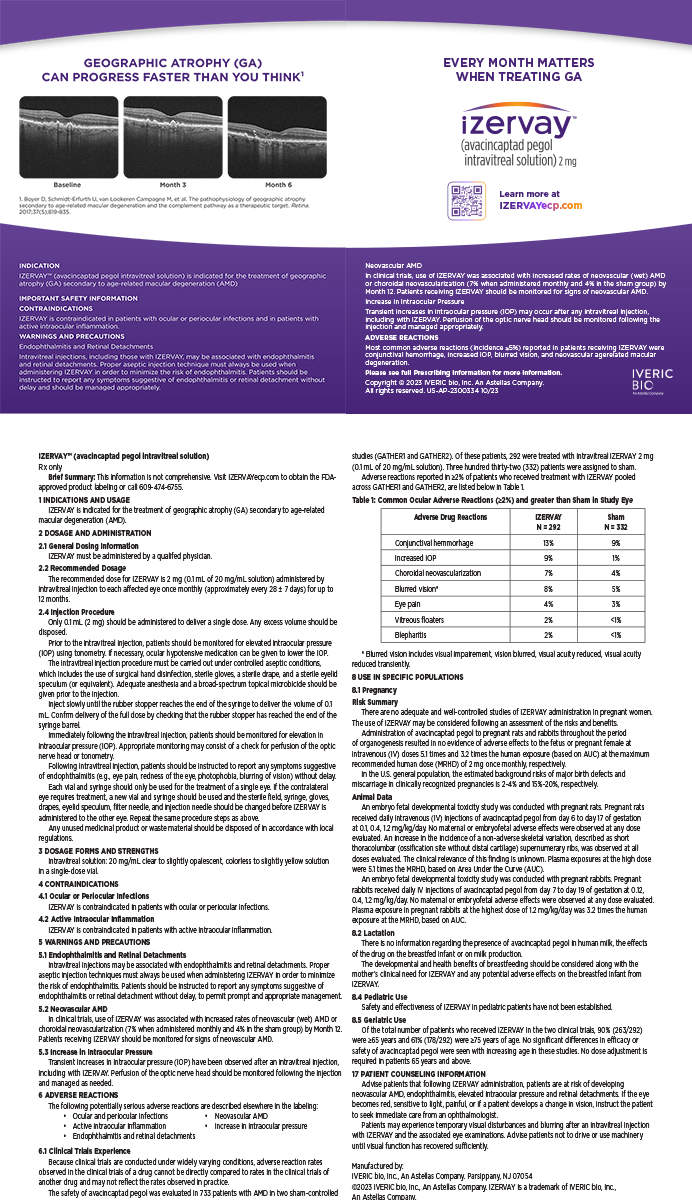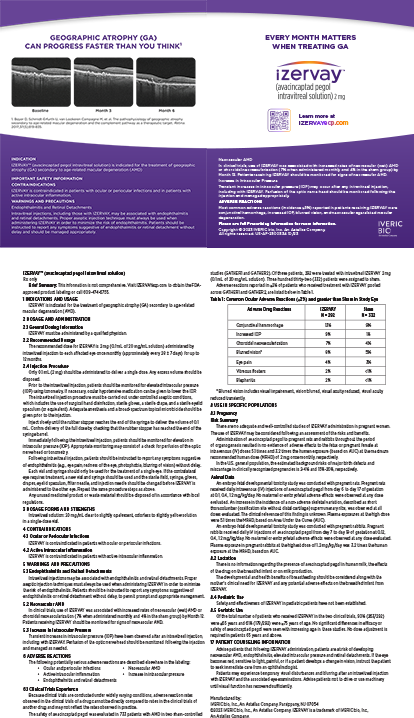Cover Stories | Mar 2006
Deciphering the Presbyopia-Correcting– IOL Policy
What does the CMS' rule mean to ophthalmologists?
Jim Denning
The Centers for Medicare & Medicaid Services' (CMS) original rule change concerning presbyopia-correcting IOLs became effective on May 3, 2005. They then issued clarification in the form of a supplemental guidance policy on August 5, 2005. This ruling allows the general ophthalmic practice to participate in the consumer-driven healthcare movement underway in the US. Unlike the current new-technology IOL policy in which only the manufacturer gets additional taxpayer reimbursement for its IOLs, surgeons can receive payment for their skills and services required to implant presbyopia-correcting IOLs. Practices with better outcomes, staffs, and hours and more patient-friendly systems will finally realize the market value of their services. However, the patient will determine that value, not the lack of money in the Medicare budget.
A NEW MARKET
The CMS' policy created a new market within ophthalmology, specifically, patients aged 50 years and older. The 50+ market is expected to grow seven times faster than any other segment during the next 15 years.1 Most practices' LASIK volumes were flat or had decreased by 2005, because baby boomers had reached their 50s. Although 50-year-olds do not make good LASIK candidates, they are candidates for a presbyopia-correcting IOL.
THE POLICY'S EFFECTS ON OPHTHALMOLOGY
According to Medicare, the fitting and implantation of presbyopia-correcting IOLs as well as the postoperative follow-up of patients are not covered services. Furthermore, the extra tests and work related to the presbyopia-correcting IOL package are not covered and need to be charged directly to the patient as an out-of-pocket fee.
Rather than send a claim to Medicare for payment, ophthalmologists must bill patients directly for these services and the IOL itself. Presently, ophthalmologists are not required to send in the claims information for charges related to presbyopic services paid directly by the patient. Most practices do not send any claims information to Medicare or commercial insurance companies for the uncovered charges. However, for the rare Medicare patient who insists that the ophthalmologist file the claim for presbyopic services for denial, the ophthalmologist may (1) use the new HCPS code V2788 for the presbyopic services and the IOL, (2) use presbyopia diagnosis code 367.4, (3) use the GY modifier, and (4) make sure the patient signs a Notice of Exclusion from Medicare Benefits.
PRICING
Presbyopia-Correcting IOL
Under the new CMS policy, ophthalmologists and facilities do not have to sell the presbyopia-correcting IOL for the same amount it costs them. Charging a profit will help practices and facilities remain solvent.
The following, in my opinion, are some general guidelines in calculating what to charge a patient who is willing to pay for the presbyopia-correcting IOL. For years, opticians have done similar price calculations for Medicare patients who want to upgrade their frames. Medicare allows approximately $110 for a pair of glasses following cataract surgery. Patients frequently pay out of pocket for a higher quality, more fashionable pair of frames (Figure 1). Billing for the presbyopic services and the presbyopia-correcting IOL is just as straightforward. Line 1 of the claims form is sent to Medicare or the commercial insurance company for payment of traditional cataract surgery. Line 2 is generally not sent, as this is for uncovered presbyopic surgery services and is paid directly by the patient to the practice (Table 1).
What is a fair price for the presbyopia-correcting IOL package? The real answer is whatever the free market will pay. Medicare will pay for traditional cataract surgery and one A-scan. The cataract reimbursement includes 90 days of postoperative care. To achieve an acceptable outcome and satisfy the patient's expectations of paying out of pocket for presbyopic surgery, additional uncovered work and testing are required, which are paid for by the patient (Figure 2).
Comanagement
There has been a lot of confusion about determining a fee for the comanagement of presbyopia-correcting–IOL patients. Medicare sets the comanagement fee for the cataract service at 20% of a surgeon's fee. Having a high comanagement fee for presbyopia-correcting IOLs based on anything other than what the comanaging doctor actually does will be difficult to justify, because it could be viewed by the CMS, US Attorney General, State Attorney General, etc., as paying for referrals or a kickback. Ophthalmologists should be realistic when negotiating the comanagement fee, but they should not simply pay 20% of the global fee, because they perform most of what it covers (Figure 2).
CONCLUSION
What is the CMS' presbyopic policy really telling ophthalmologists? Demographic pressures from an aging population and fewer taxpayers will force reductions in Medicare reimbursement. The leading edge of this change is evident in the freezing of Medicare fees at 2005 levels (Table 2). Ophthalmologists need to expand the list of services not covered by Medicare to offset decreases in their fees and inflation. Examples of services that are not covered include (1) presbyopia-correcting IOLs, (2) limbal relaxing incisions (surgeons should stop performing these for free), (3) laser vision correction, (4) IOL power calculations using advanced formulas for cataract surgery patients who have undergone refractive surgery, (5) primary and optical care, and (6) Botox (Allergan, Inc., Irvine, CA) injections.
Without a new source of non-Medicare revenue, ophthalmic practices will experience a gradual increase in their overhead. In Table 2, for example, a practice's overhead increases from 65% to 73% in just 4 years, while its income decreases by 23%. Presbyopia-correcting IOLs are an opportunity for ophthalmologists. As this new market develops, a rising number of manufacturers will dedicate more financial resources to developing new and better lenses. Eyeonics, Inc. (Aliso Viejo, CA), should be recognized for its vision and determination in convincing Medicare not to cover presbyopia-correcting IOLs.
Jim Denning is CEO of Discover Vision Centers in Kansas City, Missouri. He acknowledges a financial interest in Eyeonics, Inc., and he is a member of the company's speaker's bureau. The figures and tables referenced in this article represent the opinions of the author and are meant for demonstrative purposes only. Mr. Denning may be reached at (816) 350-4529;
jdenning@discovervision.com.
1. SIR launches the Boomer Project. Available at: http://www.sirresearch.com/clients_case_boomer.asp. Accessed: February 6, 2006.


